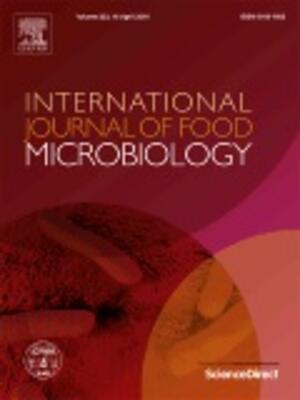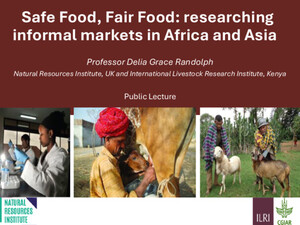
Could the new dairy policy affect milk allocation to infants in Kenya? A best-worst scaling approach
Abstract
Milk is an important food item in the diet of Kenyans, especially infants. During the last two decades, the dairy sector in Kenya has witnessed important growth in production and improvements in milk quality. The informal marketing channel still prevails, and the Kenya Dairy Board, the regulator of the dairy sector, is currently introducing new regulations to increase registration and licensing of smallholder producers and dairy business operators, improve product hygiene and quality, and safeguard the health of consumers. These new regulations encompass, among others, the requirement to pasteurize milk before it is sold and adopt traceability processes and quality tests; most of these will probably result in higher milk prices at retail level. Using the best-worst scaling approach in this study, we analyzed the potential effects of milk price increase on household milk purchase and allocation to infants (6–48 months of age). The results indicate that an increase in milk price will decrease milk allocation to and intake by children. Households will replace the lost infant milk intake by fruits or porridge that might not be of equivalent nutritional value to milk. Any reforms to policies and regulatory systems aimed at streamlining the dairy sector should account for impacts on milk prices, responsiveness of consumers to price variations and infant nutrition. We recommend that regulatory and development agencies consider interventions that do not increase price for consumers and facilitate access to affordable and safe milk for children and entire households.
Citation
Muunda, E., Mtimet, N., Schneider, F., Wanyoike, F., Dominguez-Salas, P. and Alonso, S. 2021. Could the new dairy policy affect milk allocation to infants in Kenya? A best-worst scaling approach. Food Policy 101: 102043.









